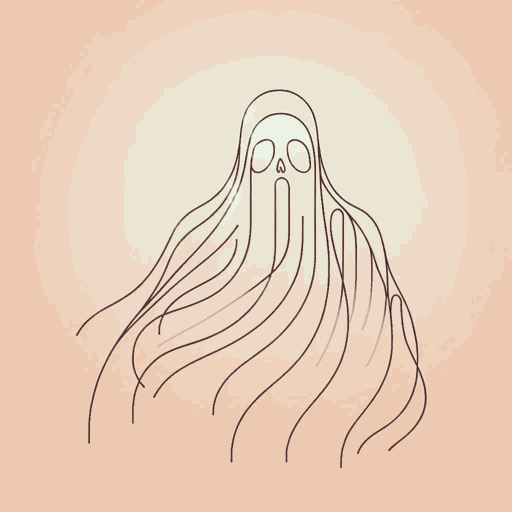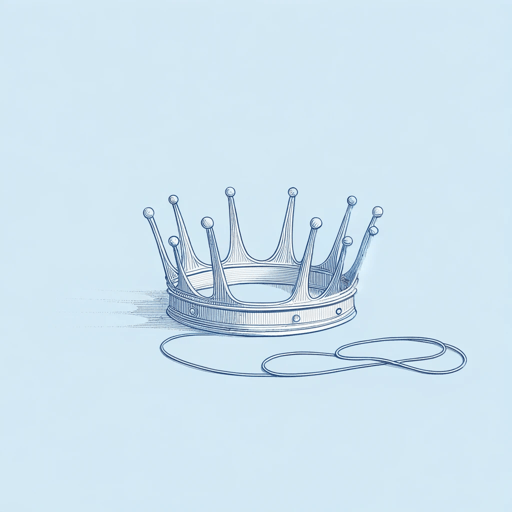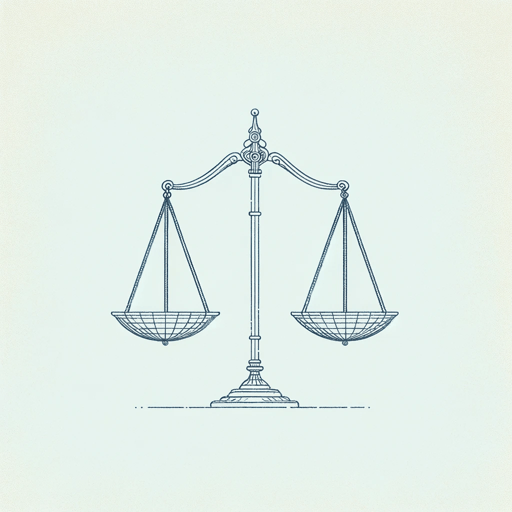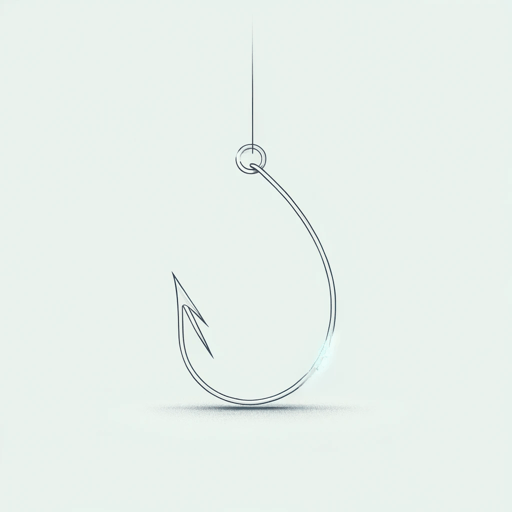20 pages • 40 minutes read
William ShakespeareSonnet 129
Fiction | Poem | Adult | Published in 1609A modern alternative to SparkNotes and CliffsNotes, SuperSummary offers high-quality Study Guides with detailed chapter summaries and analysis of major themes, characters, and more.
Further Reading & Resources
Related Poems
“Sonnet 130” by William Shakespeare (1609)
“Sonnet 130” comes right after “Sonnet 129” and gives a full description of the Dark Lady. This poem is helpful when reading “Sonnet 129” because it provides more context for the woman and the type of relationship Shakespeare is discussing in this section of the sonnets. This sonnet also provides another massive break from the traditional English sonnet conventions of the time by describing the poem’s subject in realistic, almost unflattering terms. The poem is comedic in a way, but it also reinforces the primacy of the speaker’s love: At the end, the speaker insists his love is truer than any idealized love described in other sonnets, because he loves his mistress for who she really is.
“Sonnet 71” by Sir Philip Sidney (1591)
This sonnet follows the traditional trope of idealizing the beloved. The speaker notes that the subject’s beauty is so great that it inspires those who look on her to virtue, and it makes others even more beautiful just by looking at her. However, the final couplet undermines this virtuous idea of beauty by recognizing that even though the rest of the poem is true, there is still the feeling of desire and lust that the speaker compares to physical hunger.
Related Titles
By William Shakespeare

All's Well That Ends Well
William Shakespeare

A Midsummer Night's Dream
William Shakespeare

Antony and Cleopatra
William Shakespeare

As You Like It
William Shakespeare

Coriolanus
William Shakespeare

Cymbeline
William Shakespeare

Hamlet
William Shakespeare

Henry IV, Part 1
William Shakespeare

Henry IV, Part 2
William Shakespeare

Henry V
William Shakespeare

Henry VIII
William Shakespeare

Henry VI, Part 1
William Shakespeare

Henry VI, Part 3
William Shakespeare

Julius Caesar
William Shakespeare

King John
William Shakespeare

King Lear
William Shakespeare

Love's Labour's Lost
William Shakespeare

Macbeth
William Shakespeare

Measure For Measure
William Shakespeare

Much Ado About Nothing
William Shakespeare

